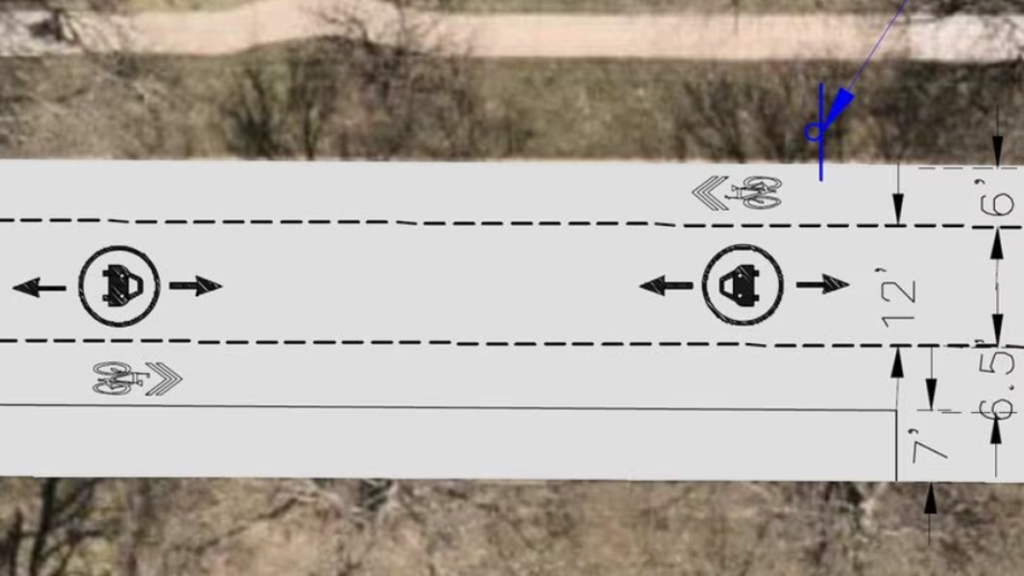So, We're Just Trying To Kill Bicyclists Now?

The city of Kalamazoo, Michigan, is considering reducing a street down to a single lane for both eastbound and westbound traffic, with motorists jumping into bike lanes when faced with a fellow oncoming vehicle.
The Hummer H2 Is a Nightmare Vehicle
The road the city is looking at resurfacing is Winchell Avenue west of Rambling Road. It’s a busy residential area suffering under the presence of the double yellow line running down the center of the street. Traffic Engineer Dennis Randolph told MLive cars routinely travel the 25-mph road at closer to 30 mph.
Known as two-way yield streets, this traffic configuration came about when Kalamazoo residents wanted parking added on the neighborhood street when it was being repainted in order to encourage slower speeds.
Here’s how have it all would work, according to MLive:
Winchell Avenue west of Rambling Road would be structured as follows, starting on the north side of the street:
• A 6-foot bike lane
• A 12-foot vehicle lane
• A 6 1/2-foot bike lane
• A 7-foot parking lane
Drivers are instructed to go into the bike lanes when an oncoming vehicle is coming, to avoid a collision. If there’s a bike in the bike lane at that time, the vehicles must yield to the bike, stopping in the vehicle lane if necessary.
The city plans to post a sign to indicate how to use the lanes. Two white skipped lines show the divider between the bike lane and vehicle lane.
According to the National Association of City Transportation Officials it seems two-way yields are mostly implemented in small towns and rural areas — not a city of 73,000, which expands by thousands during the school year thanks to the presence of Western Michigan University, Kalamazoo College, and other private schools.
Illustration: The City of Kalamazoo
Traffic Engineer Randolph told MLive the road could actually lead to safer conditions by making drivers slow down and be more aware of their surroundings:
“Most importantly, this reallocation of space would mean that traffic would be calmed,” Randolph said.
[…]
“These designs force drivers to slow down and actually obey the speed limit,” Randolph said. “As you know, speeding is a serious problem contributing to many of our crashes each year, it is important to address the problem of safety for the welfare of all street users. This plan does that.”
Randolph notes he’s read a few studies that found this street configuration safe, but that isn’t exactly promising, especially considering the speed demons that inhabit the state of Michigan. The only time I’ve encountered two-way yields in Michigan have been on narrow bridges in tiny towns, nothing like the proposed half-mile stretch through a small city with an active bike-riding population.
I am all for changing our infrastructure to promote slower speeds and more car alternatives but this puts the less-visible bicyclists at an incredible enhanced risk. Luckily this plan still needs approval before it can go ahead.





